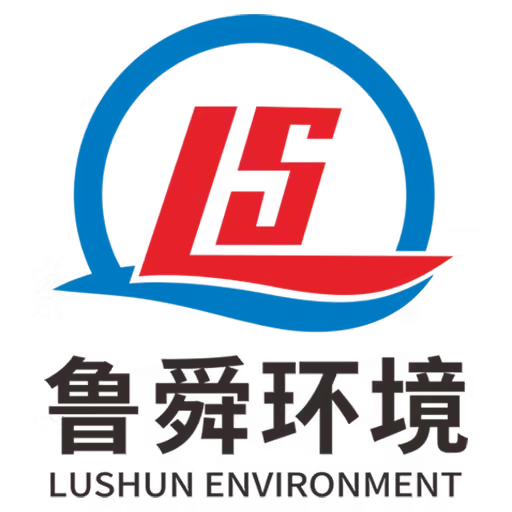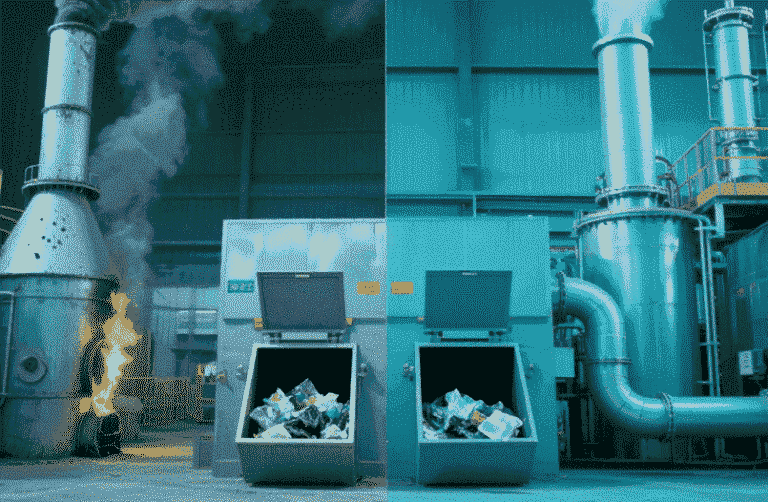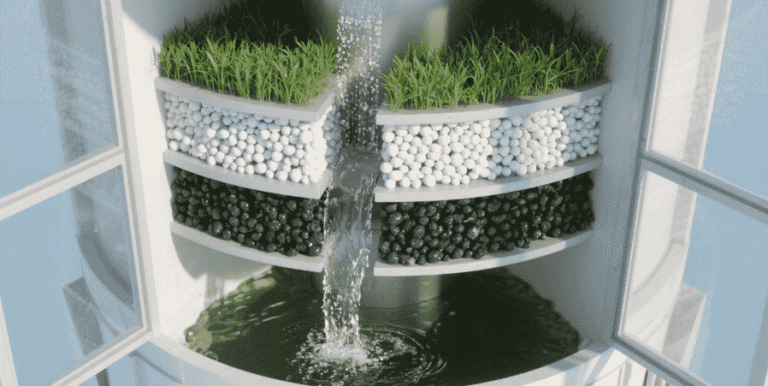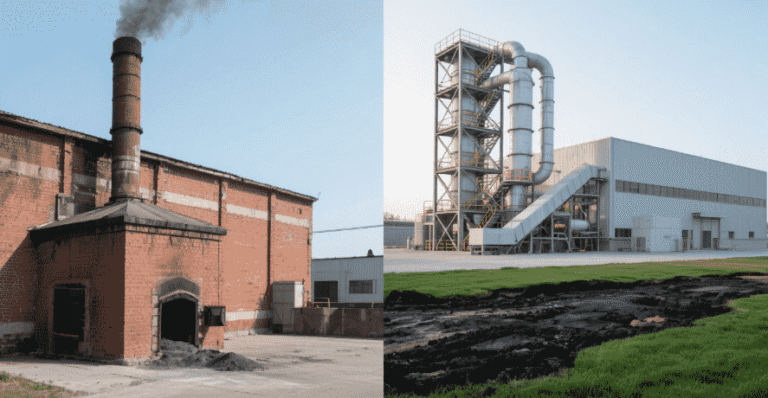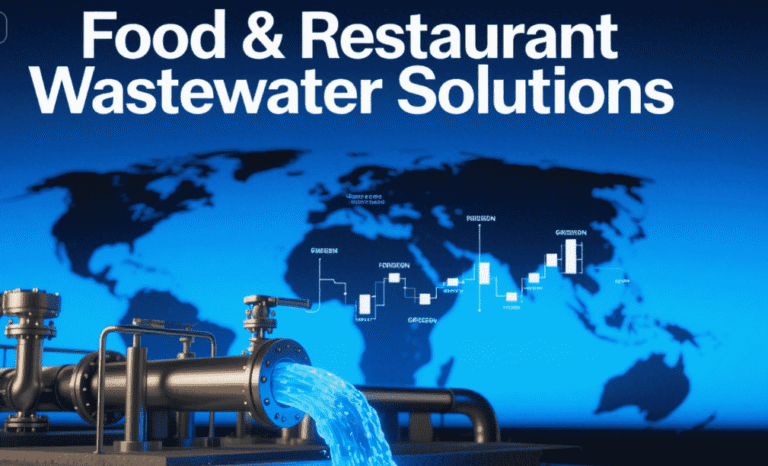Welcome to My Blog! 🌟
I’m so glad you’re here! Before we jump into the exciting content, I’d love for you to connect with me on my social media platforms. It’s where I share extra insights, interact with our amazing community, and post regular updates. Here’s how you can join the conversation:
📘 Facebook: Follow me on Facebook for more updates
Now, let’s dive into the journey ahead. I hope you find everything here both engaging and valuable. Together, let’s explore, learn, and grow! 🚀
Table of Contents
Introduction
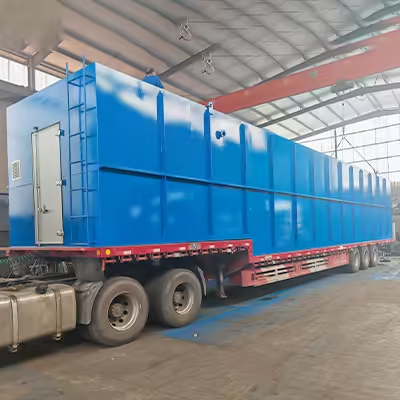

In industrial operations, water is essential — used for cooling, cleaning, processing, and waste disposal. However, the effectiveness of these processes depends heavily on the performance of your industrial water treatment equipment. When these systems are outdated, poorly maintained, or improperly designed, they can create a cascade of hidden problems that compromise safety, efficiency, and compliance.
This article explores six major dangers that result from poor industrial water treatment equipment, providing insights into why investing in reliable, high-performance systems is essential to protect your operations and bottom line.
NO 1. Equipment Corrosion and Infrastructure Damage
One of the most immediate and costly consequences of poor industrial water treatment equipment is accelerated corrosion of pipes, tanks, and machinery. Inadequately treated water often contains high levels of dissolved oxygen, minerals, and contaminants that contribute to the electrochemical breakdown of metals. Over time, this leads to leaks, system failures, and expensive replacements.
Moreover, corrosion byproducts can further contaminate the water system, introducing iron oxides and other particles that reduce efficiency and increase maintenance needs. Companies that neglect this risk often face compounded repair costs and unplanned downtime.
In more advanced stages, structural integrity may be compromised entirely, requiring complete system overhauls. These repairs are not only financially taxing but can also bring operations to a halt for extended periods. Prevention through proper treatment is far more cost-effective than addressing the aftermath.
NO 2. Increased Energy Consumption and Operating Costs
When industrial water treatment equipment fails to function properly, the water quality can deteriorate, leading to scaling, fouling, and microbial growth. These issues significantly reduce the thermal efficiency of heat exchangers and boilers, forcing systems to work harder to achieve the desired output.
This inefficiency results in a marked increase in energy consumption and, subsequently, higher utility bills. Additionally, the extra strain on equipment shortens its operational life, necessitating more frequent replacements and elevating total cost of ownership.
Another overlooked issue is the environmental footprint. Increased energy usage contributes to higher greenhouse gas emissions, potentially pushing facilities beyond their sustainability targets. Companies that optimize their systems not only save money but also support corporate responsibility initiatives.
NO 3. Compromised Product Quality and Safety Risks
In industries such as food processing, pharmaceuticals, and electronics, water purity is non-negotiable. Poor industrial water treatment equipment can introduce biological and chemical contaminants that compromise product quality and pose serious health risks to consumers.
Contaminated water from deficient industrial water treatment equipment can result in off-flavors, altered chemical compositions, and even recalls if safety standards are breached. Companies relying on outdated or malfunctioning industrial water treatment equipment risk damaging their reputations and facing legal consequences.
Moreover, contamination incidents caused by substandard industrial water treatment equipment can lead to stricter scrutiny from regulators, triggering audits and additional compliance checks. This not only affects short-term production but can also lead to long-term reputational harm that deters business partnerships and reduces consumer trust.
NO 4. Non-Compliance with Environmental and Safety Regulations
Regulatory bodies impose strict standards for industrial wastewater discharge, chemical usage, and water recycling. Poorly performing water treatment systems often fail to meet these benchmarks, leading to violations, fines, and operational shutdowns.
The table below outlines common regulatory issues and how reliable industrial water treatment equipment can help prevent them:
| Regulatory Issue | Cause from Poor Equipment | Solution with Quality Equipment |
|---|---|---|
| Excessive chemical discharge | Improper dosing or malfunctioning pumps | Automated dosing systems with sensors |
| High levels of heavy metals | Inadequate filtration and removal | Multi-stage filtration with activated media |
| Bacterial contamination | Lack of UV or chemical sanitization | Integrated disinfection modules |
| Non-compliance in documentation | Manual logs and poor data accuracy | Real-time digital monitoring and reporting |
Compliance isn’t just a legal necessity; it’s also a moral responsibility. Facilities must ensure that their operations do not endanger communities or ecosystems.
NO 5. Increased Health Hazards for Employees
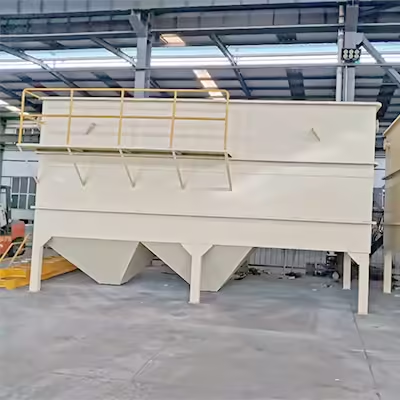

Industrial facilities are environments where worker safety is paramount, and water treatment systems play a surprising yet critical role in maintaining healthy conditions. Employees who are tasked with monitoring, maintaining, or interacting with these systems are at risk when equipment is outdated or poorly maintained.
Poorly treated water may contain harmful microorganisms such as Legionella, E. coli, and other pathogens that thrive in inadequately sanitized systems. Additionally, chemicals used in water treatment—such as chlorine, biocides, and corrosion inhibitors—can become hazardous when not properly balanced or contained. If these substances are inhaled, ingested, or come into contact with skin, they can lead to serious health issues, including respiratory ailments, dermatitis, and long-term organ damage.
Moreover, vapor or mist generated from contaminated systems can disperse airborne toxins into workspaces, especially in enclosed environments like boiler rooms or processing facilities. Over time, this chronic exposure can result in increased sick leave, higher insurance claims, and reduced workforce morale.
Investing in modern industrial water treatment solutions can significantly mitigate these health risks. Advanced systems come equipped with safety redundancies, automated chemical controls, and closed-loop configurations that limit human exposure. Enhanced safety not only protects workers but also contributes to a culture of responsibility and compliance, reinforcing employee trust and organizational integrity.
NO 6. Reduced Operational Efficiency and Production Loss
In high-stakes industrial environments, operational continuity is everything. When industrial water treatment equipment fails to deliver consistent quality, the downstream effects can be both immediate and devastating. From process disruptions to full system shutdowns, the cost of inefficiency adds up quickly.
Substandard industrial water treatment equipment often struggles with maintaining adequate flow rates, pressure levels, and contamination thresholds. This leads to a variety of operational issues, such as:
- Heat exchanger inefficiency due to scaling
- Membrane fouling in filtration units
- Pump failure from sediment accumulation
- Batch rejection in sensitive processes due to contamination
Each of these problems reduces throughput, increases waste, and forces maintenance teams into a reactive mode—addressing crises rather than executing planned improvements. The unpredictability also hinders long-term planning and scalability, making it difficult to take on new contracts or increase production capacity with confidence.
On the other hand, high-quality industrial water treatment equipment is designed for precision and durability. It ensures optimal water conditions are maintained around the clock, reduces unscheduled maintenance, and supports predictive maintenance strategies through IoT-enabled monitoring. These advantages result in fewer production interruptions, consistent product quality, and the flexibility to adapt to changing operational demands.
Ultimately, poor industrial water treatment equipment undermines the entire value chain—from procurement and production to delivery and customer satisfaction.
Conclusion
The hidden dangers of poor industrial water treatment equipment are numerous and far-reaching. From physical damage and energy waste to regulatory breaches and health hazards, the risks far outweigh the cost of upgrading to a reliable system.
Facilities that prioritize quality in their industrial water treatment equipment infrastructure not only safeguard their operations but also ensure sustainability, safety, and long-term profitability. It is not simply a matter of replacing outdated parts—it is about investing in a future-proof solution that shields your business from preventable losses.
FAQ
What are the signs that my industrial water treatment equipment is failing?
Common signs include irregular water quality, increased energy bills, corrosion or scale buildup, frequent repairs, and system alarms. Early detection can prevent costly damage.
How often should industrial water treatment equipment be maintained?
Routine maintenance should be conducted quarterly at a minimum, with more frequent checks in high-use facilities. Digital monitoring systems can also alert users to maintenance needs.
Can upgrading equipment help with regulatory compliance?
Yes. Modern systems often come with integrated compliance tools such as automated logging, precision dosing, and real-time data reports, making it easier to meet standards.
Is it cost-effective to invest in premium water treatment systems?
Absolutely. While the upfront cost is higher, the long-term savings in energy, repairs, downtime, and compliance make them a sound investment.
What features should I look for in new industrial water treatment equipment?
Look for automated control systems, modular design, high-efficiency filtration, chemical optimization features, and real-time monitoring capabilities. These features ensure adaptability and consistent performance.
